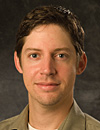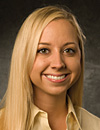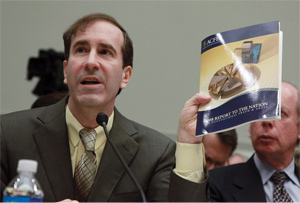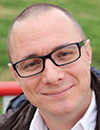Time Marches On: Madoff’s Swindle, Five Years Later
/ GUEST BLOGGER
GUEST BLOGGER
Scott Patterson
ACFE Senior Media Relations Specialist
In 2008, we were still looking back on the massive accounting frauds at Enron and WorldCom when, almost overnight, Bernie Madoff became a household name. News broke that an enormous Ponzi scheme had unraveled, a scheme orchestrated by Madoff that was rumored to have cost investors tens of billions of dollars.
In case you let the five-year anniversary of Bernie Madoff’s fall from grace sneak up on you this year, chances are that, by now, you’ve noticed at least some of the press coverage surrounding this milestone.
Today, we know the dollar amount lost is close to $18 billion, as estimated by Madoff trustee Irving Picard. About half of that amount has been recovered, though the process of providing burned investors with a portion of their money is a slow, complicated one.
You can read about one those victims, Morton Chalek, whose $2.3 million account with Madoff ended up being nothing more than “fiction,” MSN Money reports. Chalek is 90 years old, and wonders if he will see any of the money before he dies. The Wall Street Journal provides an even more intense look at some of Madoff’s victims in “Madoff Victims Recount the Long Road Back” (please note, however, that the article requires a subscription).
Among the tales in the WSJ piece: A man whose wife died in January after they lost the bulk of their retirement nest egg in the fraud. The sudden loss of financial security left her “wrecked,” according to her husband, her whole mindset having changed since that fateful day.
Another interesting article comes from CNNMoney: “Five things you didn’t know about Bernie Madoff’s Epic Scam.” Here’s one of them that surprised me (spoiler alert): No one is really sure when Madoff’s scheme began. Madoff has claimed it started in the late 80s, and then later claimed it didn’t begin until the 90s. According to this piece, it is believed to have taken shape many years earlier.
For those who would like to read the comments of a fraudster (arguably) in some degree of denial, those stories are out there, too. Madoff has granted a few prison interviews to eager journalists, including recently. Here are the main points I gleaned from those interviews: he believes his victims should have known better, he says the banks knew what he was up to, and his prison experience is “laid back.” Not exactly the degree of contrition I would be looking for had I lost my retirement fund to his fraud.
I’d rather instead focus on the words of Harry Markopolos, CFE, the whistleblower who, for years, saw straight through Madoff’s smoke and mirrors. Named CFE of the Year in 2009, Markopolos still travels the country speaking about his experience chasing Madoff. Accepting an award last month in Erie, Penn., Markopolos said: "I didn't do it by myself, I assure you that. I had a lot of help and it (the award) is really for those people … We didn't do it for any kind of glory or any kind of awards. We just did it to stop Bernie Madoff.”
Markopolos has referred to his helpers as “the bloodhounds,” a tight group of investigators who worked hard (and lost a lot of sleep) trying to expose Madoff. Five years later, it occurs to me that while the world doesn’t need any more Bernie Madoffs, we could sure use a lot more bloodhounds.






